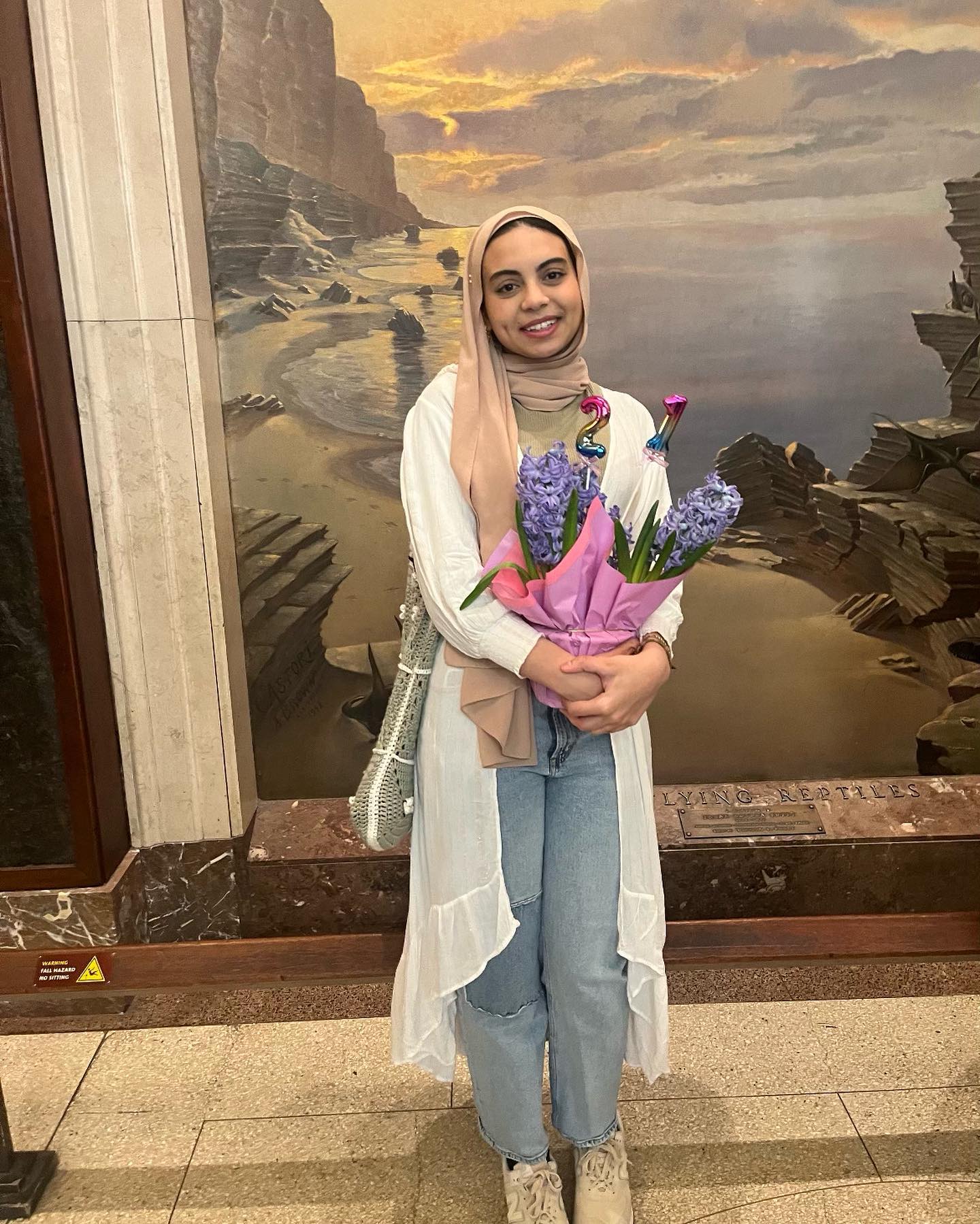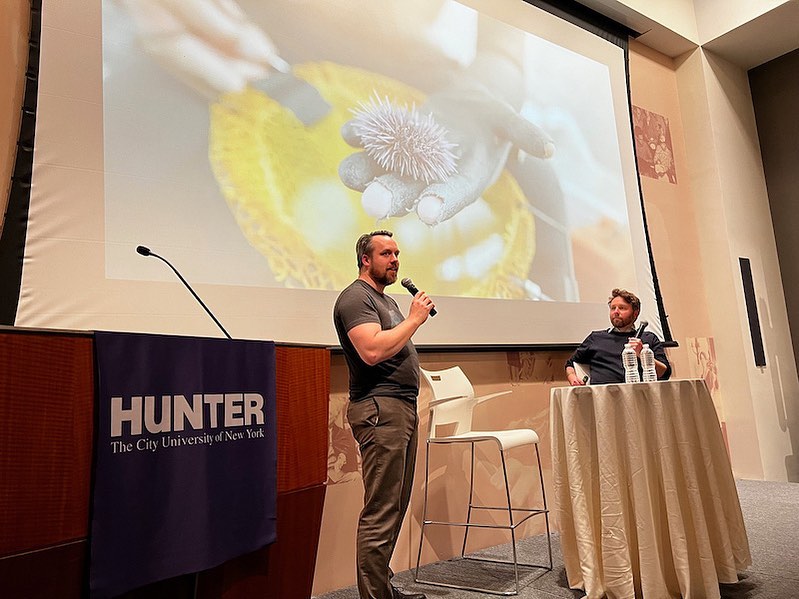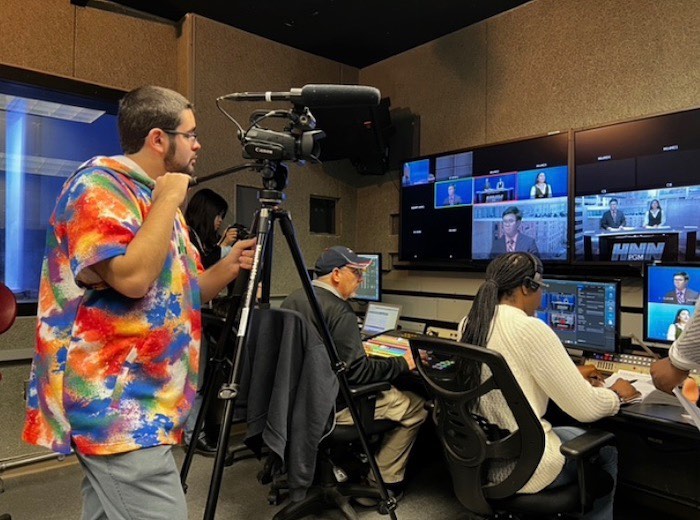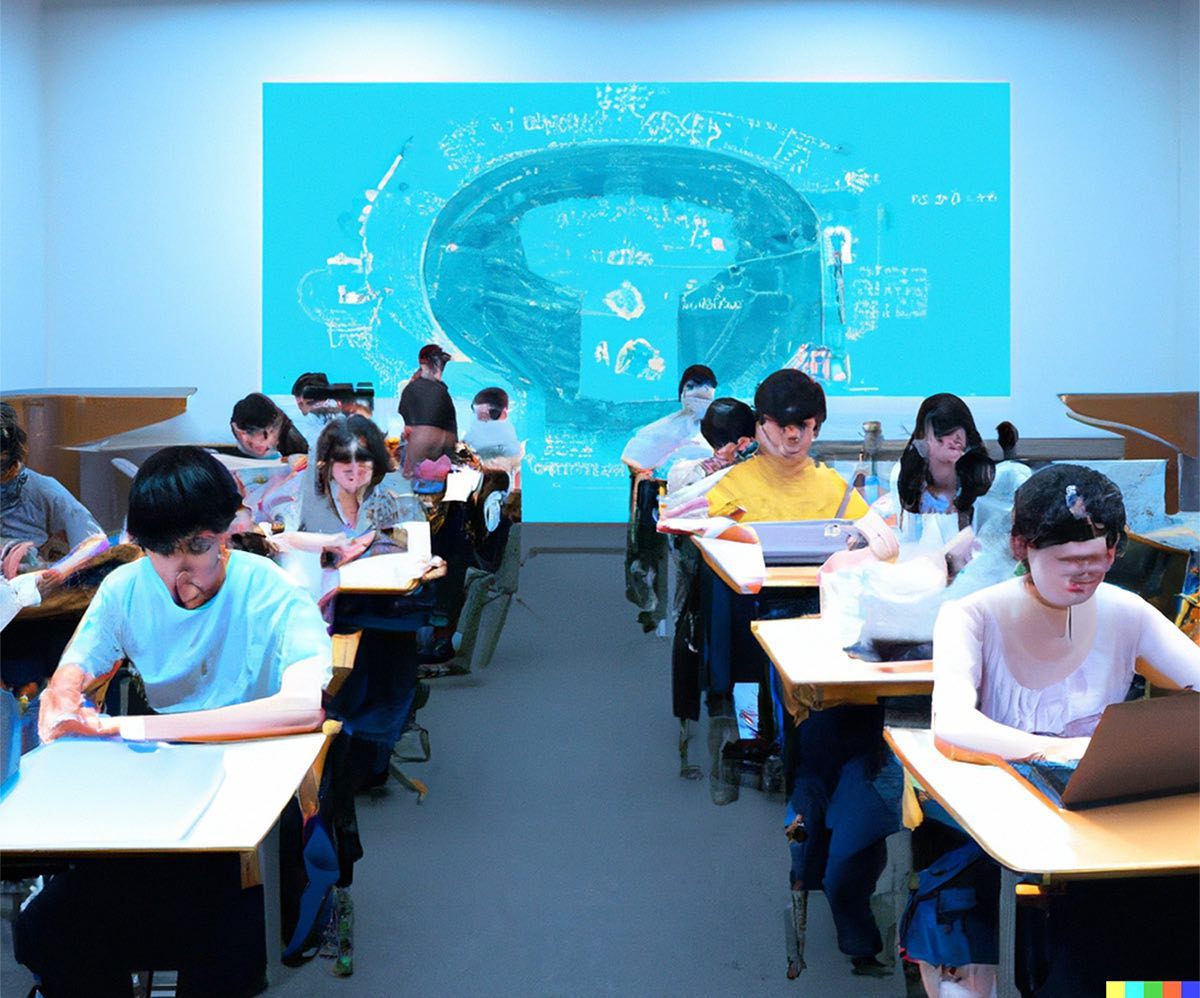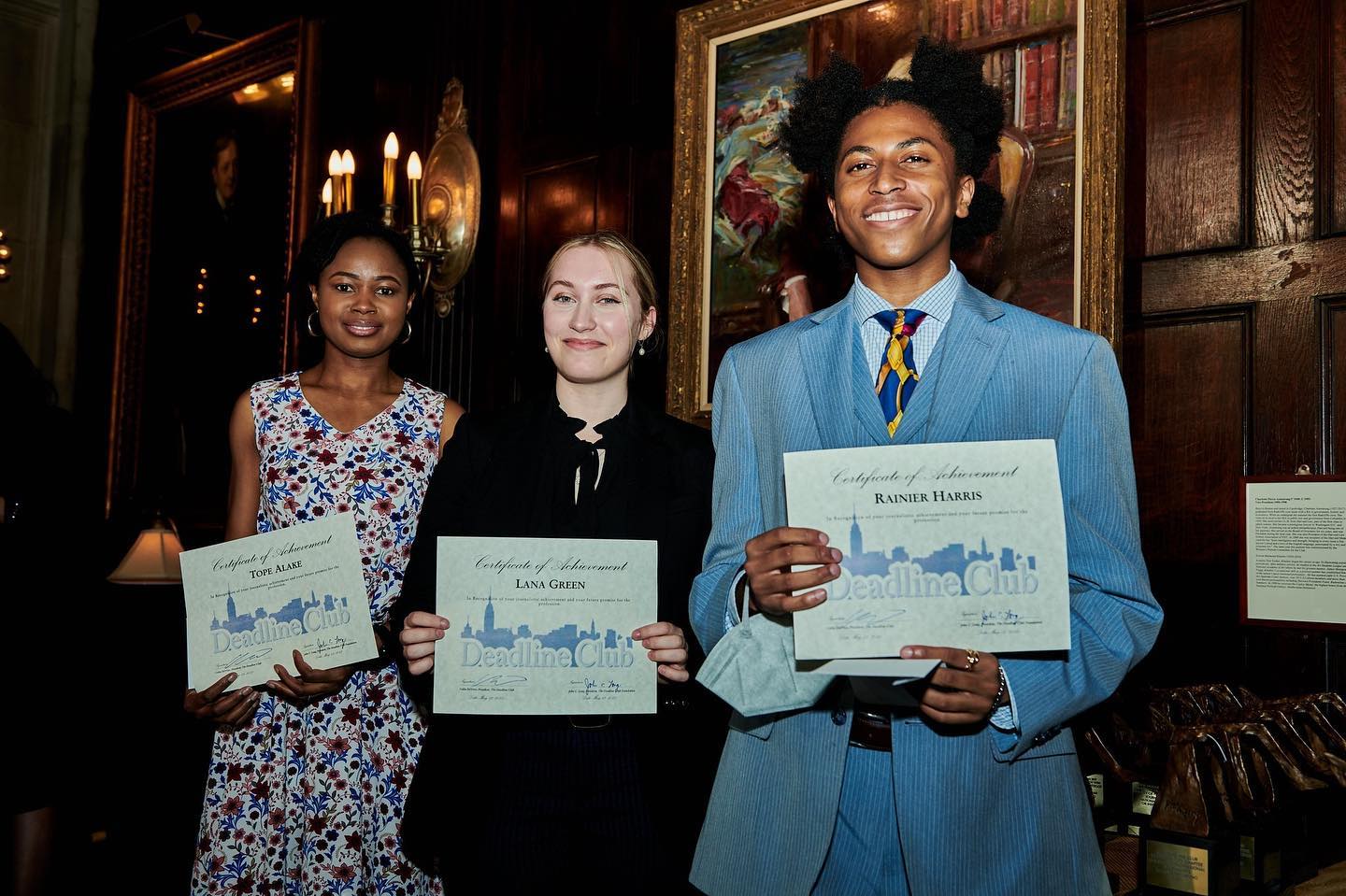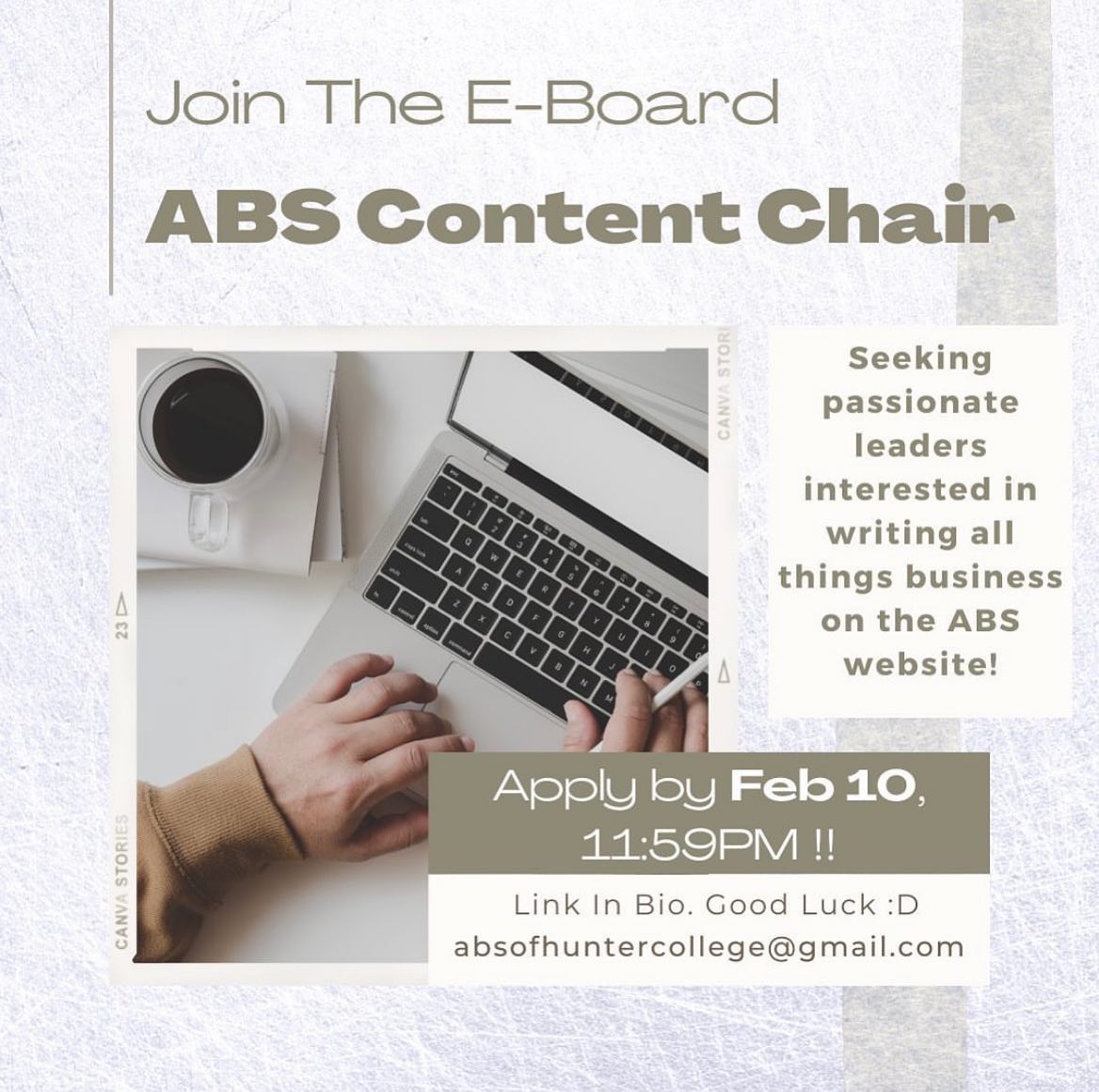
Although ChatGPT had been making headlines for months, I somehow managed to avoid it entirely. I am what you would call “old-school.” I drive an old car, I write my thoughts in an old journal, and I still get magazines and newspapers delivered to my house. Artificial intelligence was far removed from my reality.
So, when I began to explore the world of AI, specifically ChatGPT, I was both intrigued and overwhelmed. The idea of delving into this cutting-edge technology was certainly enticing, but also daunting.
ChatGPT, which launched in November 2022, is now listed as the fastest-growing consumer application in history, with over 100 million monthly active users since January. Developed by OpenAI, the software’s website displays an extremely simple interface while ChatGPT continues its “free research preview” phase. After I created an account, the website (ironically) asked me to verify my humanity by checking a box. Then it was just me and an empty search bar.
I’d heard about the software helping students to write essays, job seekers to polish their resumes and even journalists to generate interview questions. I thought I would give the latter a shot, seeing as I am a journalism student myself. I asked it to generate questions concerning the future of ChatGPT and journalism. Within four seconds, it generated 10 extremely relevant questions for me. It felt wrong. I felt like I’d stumbled onto a dirty secret.
From there, the AI wormhole grew as I tested the limits of the machine. While in public I felt the urge to peer over my shoulder to see if anyone was watching me – I couldn’t bear the shame of being seen using such a controversial program. Then one day, when I tried to use the site on campus, I discovered the school’s WiFi had blocked access to ChatGPT. I couldn’t help but wonder, how else was Hunter College navigating the use of ChatGPT in its classrooms?
Professor Coralie Carlson, who teaches News Literacy in a Digital Age, said she is planning on introducing the software as a part of her upcoming curriculum. She hopes to teach her students the ways they can use it responsibly and get them to understand what it can and cannot do.
“Rather than saying ‘don’t even figure out what it’s about,’ you’ve got to let students explore it and figure out how they can use it,” she said. “It’s just a part of our world.”
Carlson said the software could help students with feedback on their work and even provide revisions. However, she cautions students to not lose the most important thing that defines a writer and journalist: their voice. “You go to college to develop your voice and your thinking, not to just give it away,” she said.
Professor Carlson, who also works in the communications department at the CUNY Graduate Center, helped develop a piece through the Graduate Center that provides guidance to educators on how to utilize ChatGPT in their classrooms. The upshot: ChatGPT is not going anywhere and it’s time to talk openly about it with students and learn how to use it responsibly.
In that piece, Distinguished Professor Cathy N. Davidson compared the phenomenon to universities and colleges “banning” the use of Wikipedia in their classrooms back in 2007. She noted, “There’s so much to learn by writing along with – rather than banning – new technologies.”
Luke Waltzer, the director of the Graduate Center’s Teaching & Learning Center, touched on the anxieties around students using ChatGPT to cheat. He advised educators to focus on designing authentic learning experiences and assessments instead of relying on technology to detect academic dishonesty. A faculty’s understanding of students’ work, he said, would help determine the authenticity of their work.
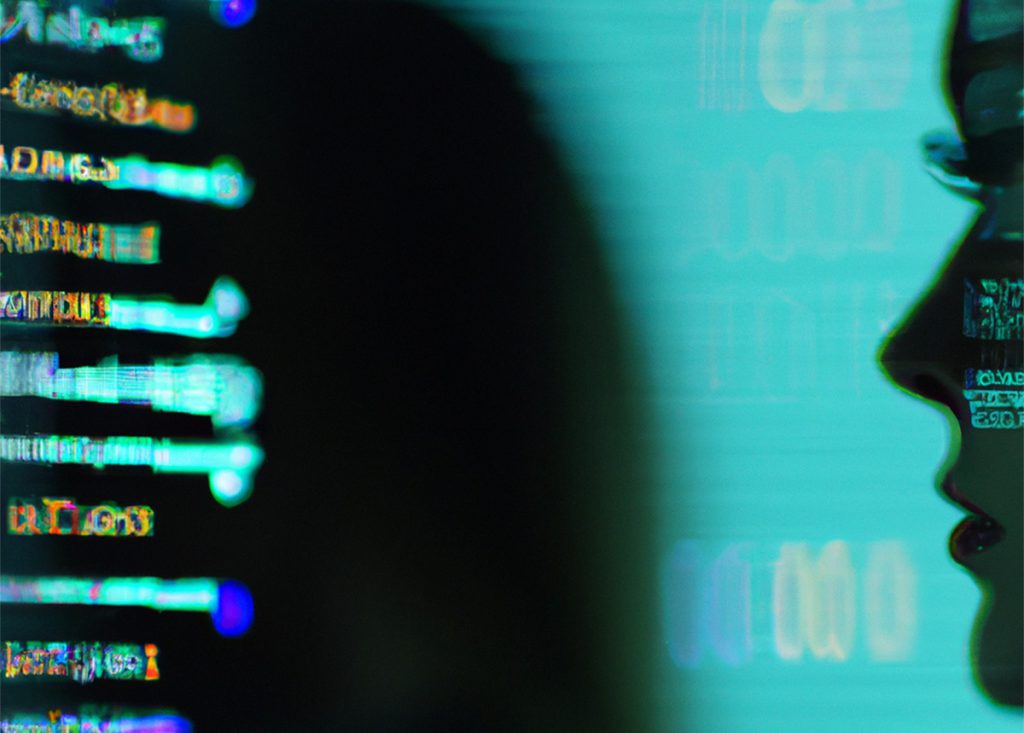
Sophomore Hailey Gise, a journalism major at Hunter, believes that ChatGPT simply speeds up the initial research that precedes writing a paper. This involves looking at what has already been written on a topic and seeing what news has already been reported. However, while Gise believes she understands how to use AI ethically and responsibly, she doesn’t have the same confidence for a lot of students. “It is possible to use it responsibly, I just know it’s not going to be,” she said.
Gise believes that ChatGPT should be discussed in classrooms because of its relevance and societal impact, but she was quick to note that she believes the conversation should move away from AI taking over industries completely.
Regarding journalism specifically, Gise is optimistic. “We have AI make paintings and people still make art,” she said. “Writing is a form of art, so I don’t think it’s going to be completely erased. You still need human voices.” News Literacy professor Steven Daly echoed Gise’s position. “AI cannot think, it is a simulacrum of thinking,” he said. “It is a blurry Xerox copy of a blurry Xerox copy.”
To get out ahead of AI, the Hunter journalism program has started to introduce experiments utilizing ChatGPT to teach students the power of verifying information. In one exercise, Prof. Daly showed his students two essays side-by-side. One was written by a person, the other by AI. He was shocked when only about half of the class could identify which was written by AI. “It’s definitely going to upend a lot of things, but the world is always being upended,” he said. “Learn the tool, find its limitations and keep calm and interrogate information.”

